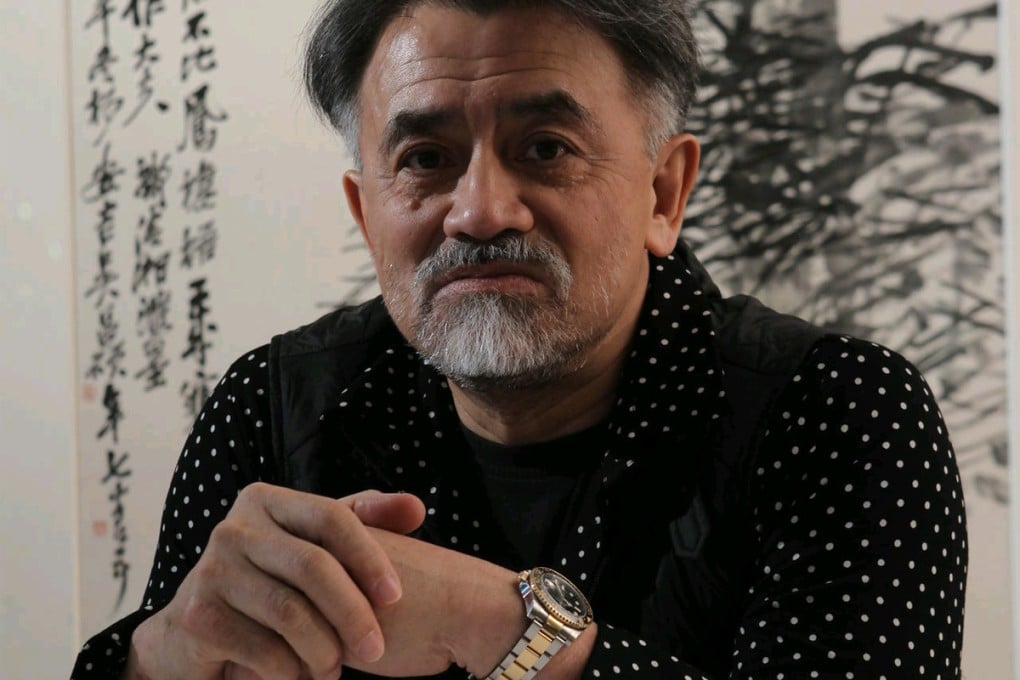Working to strict timeframes helps, says automotive designer Pinky Lai

Change over time is inevitable, but if one truly develops and improves, this change becomes something entirely more purposeful - an evolution.
Pinky Lai left Hong Kong for Europe over four decades ago, taking the first step of his evolutionary journey. From his first days as a trainee interior designer in Hong Kong to design school in Italy and London, and on to work with some of the world's most recognisable automotive brands, Lai's aesthetic, work ethic and outlook have developed in ways that not even he could have foreseen.
![IWC Porsche Design - “My first watch [that I bought myself] was a Porsche Design IWC – I was so proud that I could afford a watch like that. The second was a Polar heart rate monitor, when I started long-distance running in 1994. It helped me in training.” IWC Porsche Design - “My first watch [that I bought myself] was a Porsche Design IWC – I was so proud that I could afford a watch like that. The second was a Polar heart rate monitor, when I started long-distance running in 1994. It helped me in training.”](https://www.scmp.com/sites/default/files/styles/236w/public/2013/10/31/38e46bbc89302a61dcf3e88700599648.jpg?itok=UaBOe5RC)
"Looking back, when I was travelling through [my] timeline, I wasn't aware of the changes," he says. "It's only when you look back that you can recognise the journey. It's a lot of luck, a lot of hard work, obviously, and a lot of hard-headedness. You get a bloody nose a lot of the time."
Lai first entered automotive design as a graduate student - an interview with Ford led to a scholarship to study in London. He then spent four years in Germany working for the American car giant before moving to BMW and, ultimately, Porsche, the company with which he is most closely associated.
He says his tenure at BMW was the first time he felt a sense of loyalty to a company, but when the offer came to work for Porsche, he received some advice that sealed the deal for him.